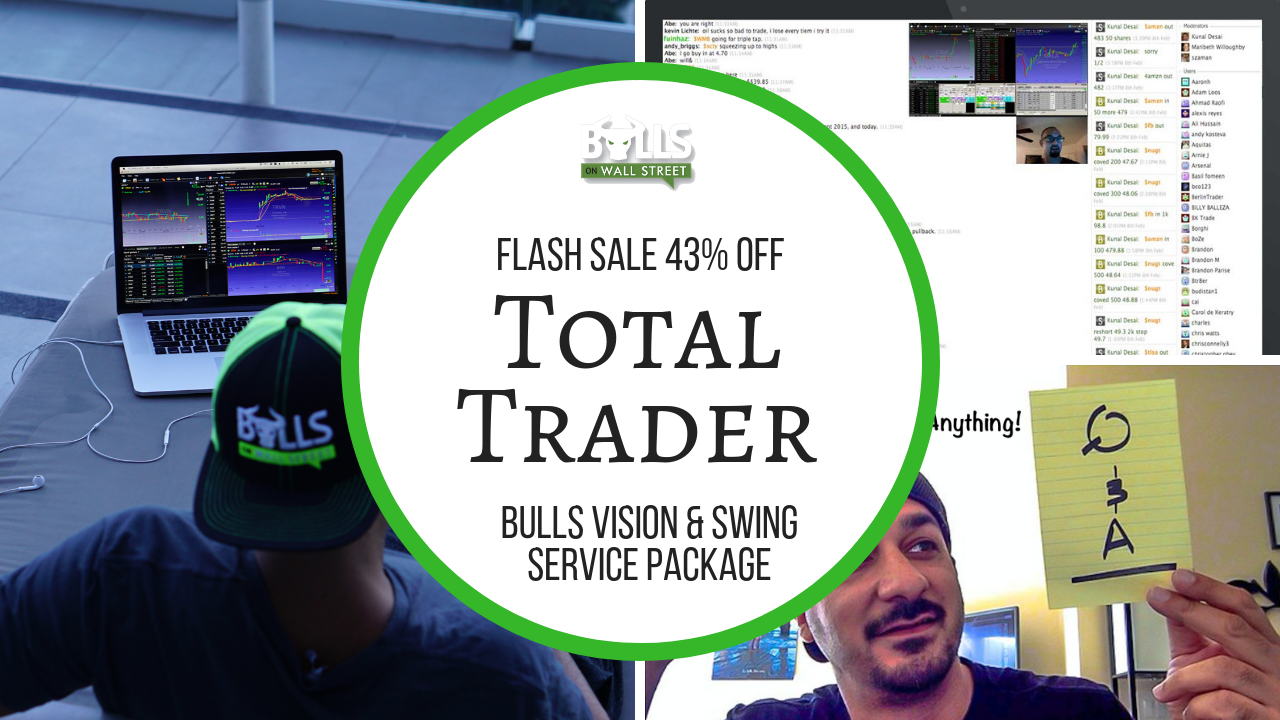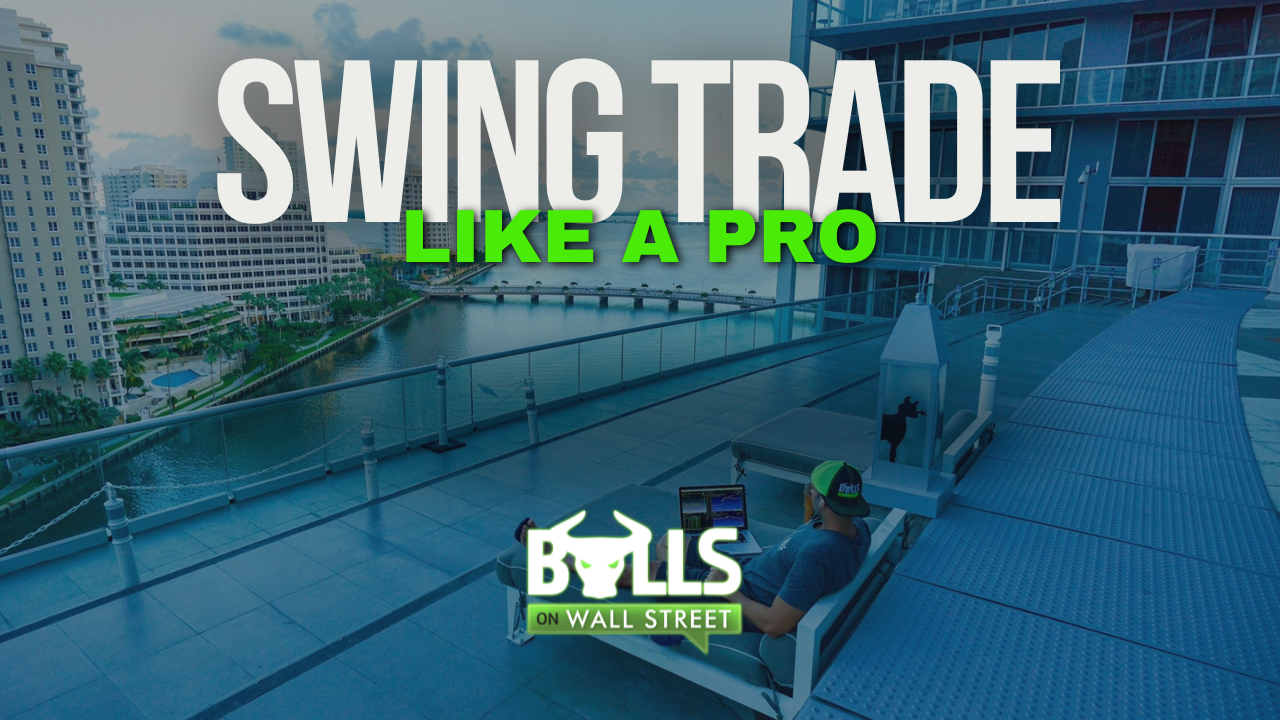As momentum traders, we’re constantly on the hunt for stocks that will have major breakouts or breakdowns. Another great strategy that is different from this type of trading is bounce trades. Bounce trades are quick trades, and give you a nice quick gain in a short period of time. However they are not an easy strategy to master, so I made a video lesson explaining how I trade intraday bounces in momentum stocks:
Total Trader Flash Sale Ends Tonight: Get Annual Memberships To Bulls Vision And Swing Service (43% Off).
Use Moving Averages to Time the Bounce
Stocks going on a strong trend will often get extended from their intraday moving averages. Once a momentum stock retraces to its intraday moving averages I look for some confirmation the stock is starting to hold, and then take a position. We focus on two main EMAs for the bounce strategy: the 9 and 20 EMAs. A stock’s distance from a 20 EMA is a great indication of how oversold or overbought a stock is intraday.
The NBEV trade I used the 20 EMA for my risk. NBEV had just ripped from $4.75 to $5.75, and naturally the stock decides to pullback. It was not an orderly pull back, as it dropped from $5.75 to about $5 in just 4 candles after the move. This is the kind of setup you would use the bounce strategy, instead of a pullback strategy where you would hold shares for a longer period for a bigger move. The lack of the orderly pullback in NBEV made me decide to just take the quick bounce trade off the bounce towards the 20 EMA.
Scale Out Into Strength
A common question about trading bounces is about when is the correct time to sell. It is hard to time the exact bottom and top of the bounce. Your goal should be to just capture the meat of the move, not try to catch tops and bottoms. Usually I will scale out into 1/3s into intraday resistance levels. I got in at $5.19 in NBEV for the bounce trade, and then scaled out into the first pop towards $5.50, a bit more in the $5.60’s, and then sold the rest soon after. It was a quick, 15-20 minute trade. These are not setups you want to marry. Bounce trades are meant to be scalp trades.
Do Not Average Down
The bounce strategy is a counter trend strategy. This means that you are buying while the stock is in a temporary downtrend on the time frame you are looking at. Remember bounce trades are different from pullback trades. Bounce trades are just scalp trades. For this reason, it is especially important not to average down in these type of setups.
If you end up mistiming it and don’t catch the bottom of the move, you can put yourself in a big hole by buying more at a lower price. When the stock is pulling back aggressively, there is always a chance that the stock may not bounce. A stock can do anything, even when it looks like its getting very oversold. When you are trading bounces, just start with a starter position with a tight stop, and add once you are in the green and are seeing signs a temporary bottom is in.
Free Trader Assessment
Are you a current or aspiring trader looking for some feedback? Need a roadmap for what you need to do to get to where you want to be? Schedule a free trader assessment with one of our educational specialists today!



